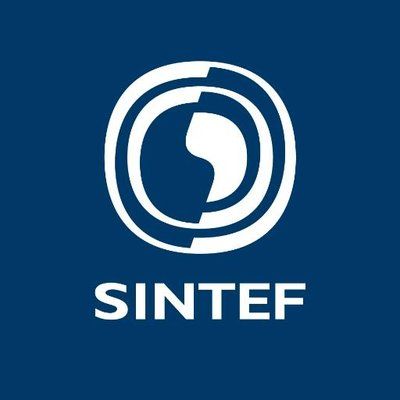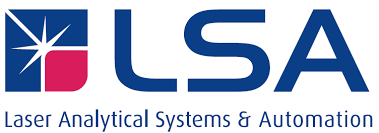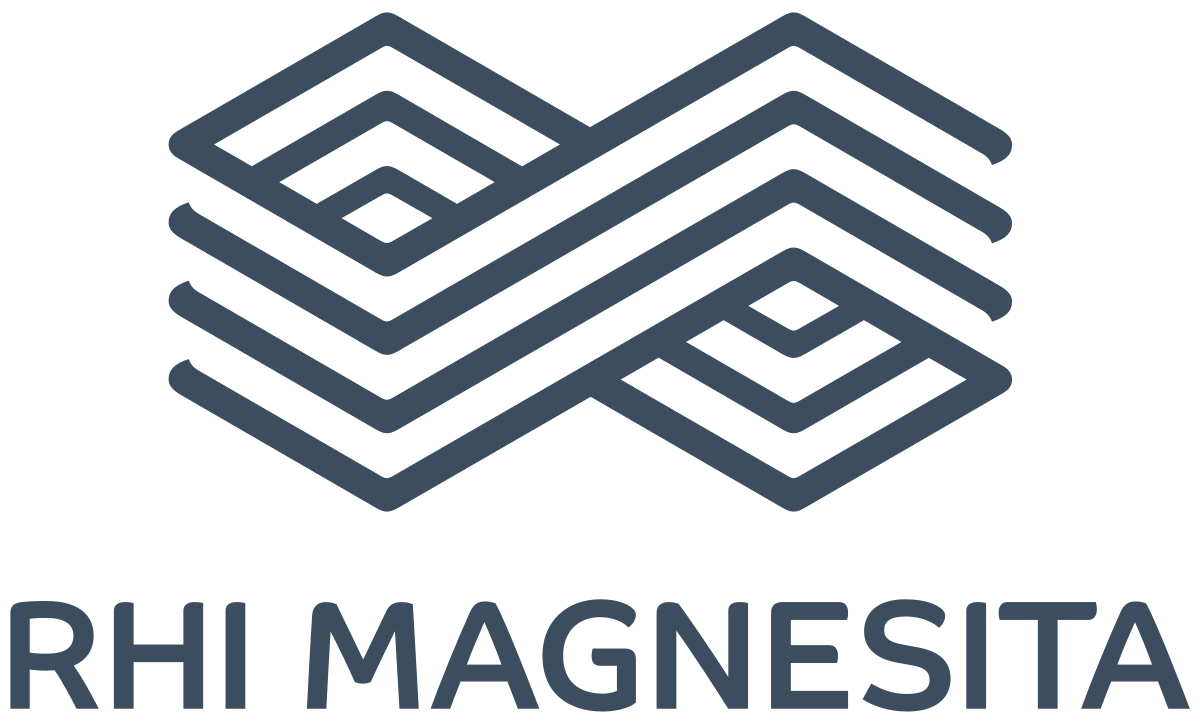Refractory Raw Materials for Steel Casting Brick Products
ReSoURCE application note
ReSoURCE application note
The EU-funded ReSoURCE project aims to increase the recovery of spent refractory bricks. The main components of these bricks include strategic raw materials such as magnesium oxide (MgO), corundum, bauxite, spinel or graphite. Innovative technologies for recycling processes such as hyperspectral imaging for automated sorting will be a key to reaching these goals.
The global leader in the refractory business RHI Magnesita (RHIM) is coordinating the ReSoURCE project with the aim of evolving sensor-based automated sorting combining HySpex hyperspectral imaging cameras as well as laser-induced breakdown spectroscopy (LIBS) equipment from LSA GmbH, Fraunhofer ILT and InnoLas Laser GmbH in an optimized sorting system.
Consortium partners such as the Montanuniversität Leoben, SINTEF AS, Crowdhelix and CPI, are carrying out targeted product development, mapping possibilities outside of the refractory industry while assuring transparency with a life-cycle assessment to ensure an improvement of the entire process chain within this project.
Spent refractory bricks from steel casting ladles (SCL) and cement rotary kilns (CRK) as well as the raw materials used by RHIM have been investigated using HSI in the HySpex lab facilities. Table 1 shows the SCL raw material samples. The brick components white fused alumina, sintered MgO, recycled MgO-C, graphite, fused MgO, brown fused alumina, bauxite and Al-powder were scanned using a VNIR-1800 and SWIR-384 cameras from HySpex.
In this application note, a focus will be put on the raw materials for producing SCL bricks. Spectra for the SCL raw materials are plotted in Figure 1.


Based on these raw materials a PLS-DA classification model was trained using Prediktera’s Breeze software. The VNIR model was trained based on 9 subsamples per brick. The balanced training dataset comprises 40 samples while testing was done on 59 samples. For the VNIR training dataset the overall class was predicted with 82.5%accuracy, whereas the testing dataset was predicted at an overall accuracy of 86.4%. In the VNIR, the most challenging samples for accurate prediction are MgO-C recycled, graphite, brown fused alumina and bauxite.
A PLS-DA classification model was trained on the raw material spectra both for the VNIR and SWIR separately. In the VNIR case, both the classification based on the pixel-class majority and the object average spectrum show acceptable results. Comparing the VNIR- and SWIR-based prediction, the VNIR case seems superior for predicting the recycled MgO-C and brown fused alumina classes. For both sensors, the classification of pure graphite powder does not seem possible. An excerpt of the VNIR prediction results of the different raw materials is shown in Table 2.

Based on these results, a classification model based on VNIR hyperspectral data for SCL bricks’ raw materials seems possible. The model could possible be improved further by adding more samples to cover the full range of variation expected in these input materials. Derived from this model, one of the used SCL bricks was classified showing an abundance of classified white fused alumina on the surface as well as identifying MgO-recycled and fused MgO in addition to graphite (Figure 2). Taking into account that graphite is prone to misclassification, this compares to the high value of Al2O3 found in the sample (92%) via X-Ray Fluorescence (XRF), along with the MgO content of around 5%.

This feasibility study is part of Horizon-Europe funded ReSource project, showing how hyperspectral imaging can help identify refractory bricks and classify them spatially. Though more research is needed to give conclusive results, the initial ability to map the three main CRK brick composition types using hyperspectral imaging is promising. It is also important to highlight, that hyperspectral imaging enables to map of small-scale changes in used bricks caused by mineralogical changes originating from changing temperature and pressure as well as infiltration of gases during the brick's service. This will change the surface and give indications of the brick's composition and re-use potential.
HySpex offers a varied selection of turn-key solutions for mining and raw material-related studies as well as other scientific and industrial applications. Contact us to discuss your application and requirements with our specialists.
Samples and expert input were provided by RHI Magnesita. For more information about the project see https://www.project-resource.eu/
This project is funded by the European Union’s Horizon Europe FrameProgram (HORIZON) under the Grant Agreement Number: 101058310.











See how SkyCam Aviation, Inc. uses HySpex SWIR-384 for airborne methane detection in the video above.

Classifying mixed demolition and renovation waste materials

Characterization of composition and distribution

Automatic detection of parasitic nematodes in cod fillets.

Forestry management through hyperspectral imaging provides a solid foundation to make data-driven decisions or tailor management strategies. 2Excel geo, a remote sensing company specializing in the forestry and environmental monitoring industries, illustrates some of the possibilities of hyperspectral forestry management.

Characterization and classification of rotten blueberries.

Determining concentration and homogeneity of chemical components in pharmaceutical pills and powders.

Echo Labs, Skycam and HySpex joined forces to collect a unique data set from the geological remote sensing reference site, Cuprite Hills, Nevada USA.

HySpex Mjolnir VS-620 is developed for UAV operations. However, the system can be also be mounted on a tripod with a rotation stage and deployed in the field for proximal scanning. This article describes how this system also can be used to generate a surface model of the scene imaged.

Classifying and detection of leftover explosives in military shooting ranges

Sorting of complex paper mixtures waste

Automatic element and mineral detection in thin sections using hyperspectral transmittance imaging microscopy (HyperTIM).

Large area thickness measurements on coated surfaces

A case study for a Baroque epitaph in the St. Mary’s Church in Frankfurt (Oder), Germany

Accurate quality control of cocoa beans